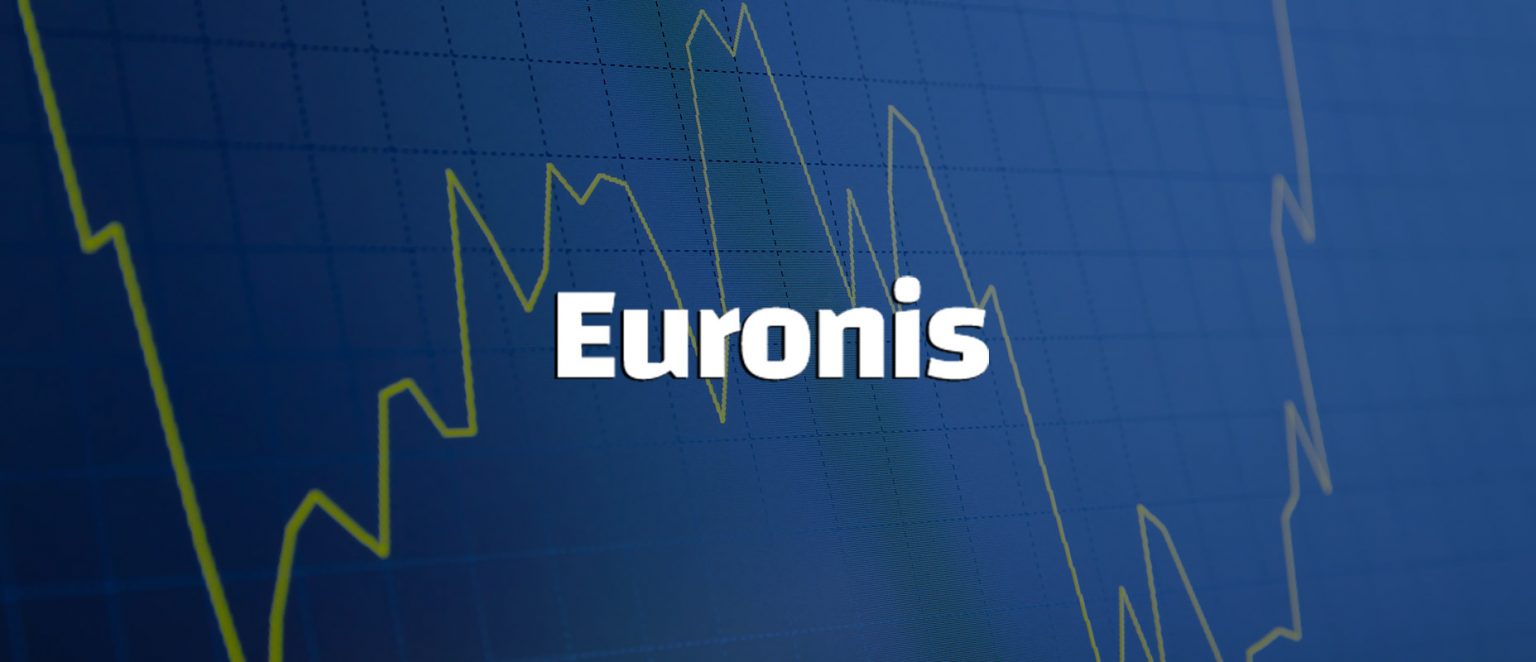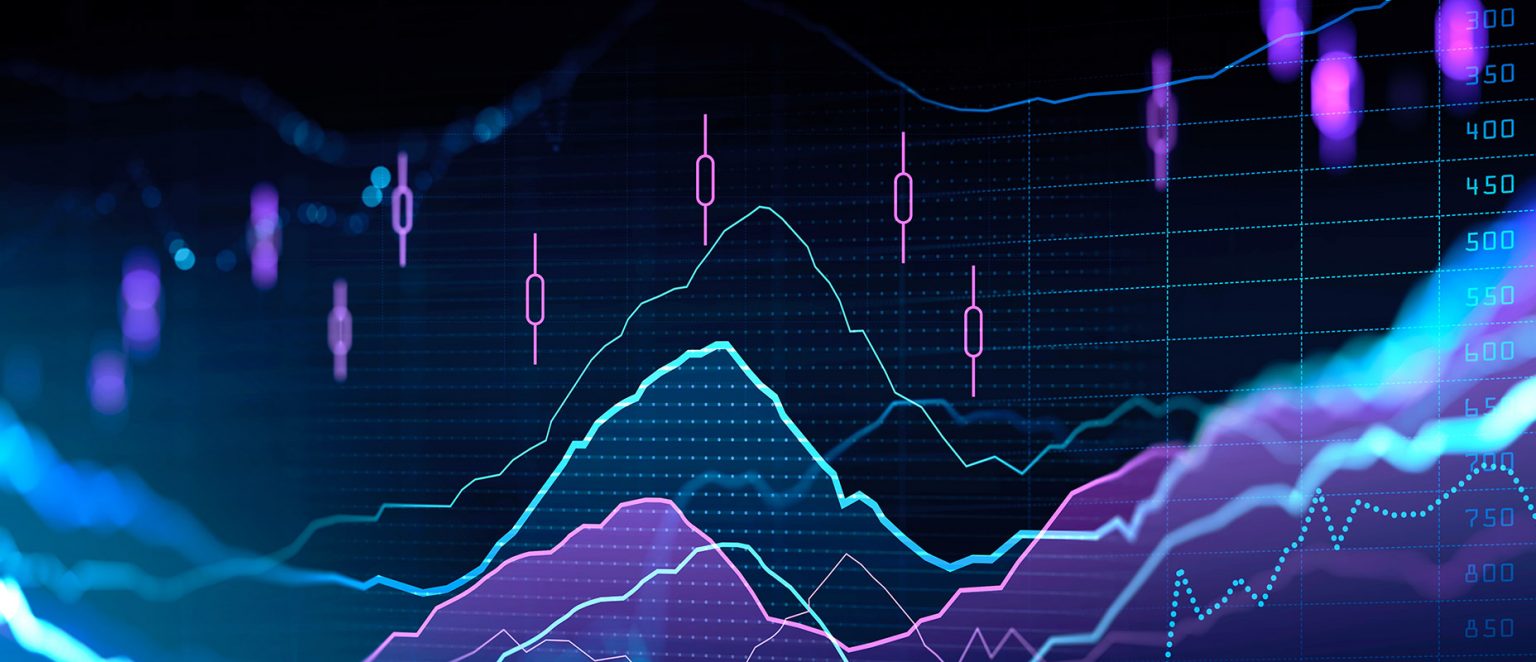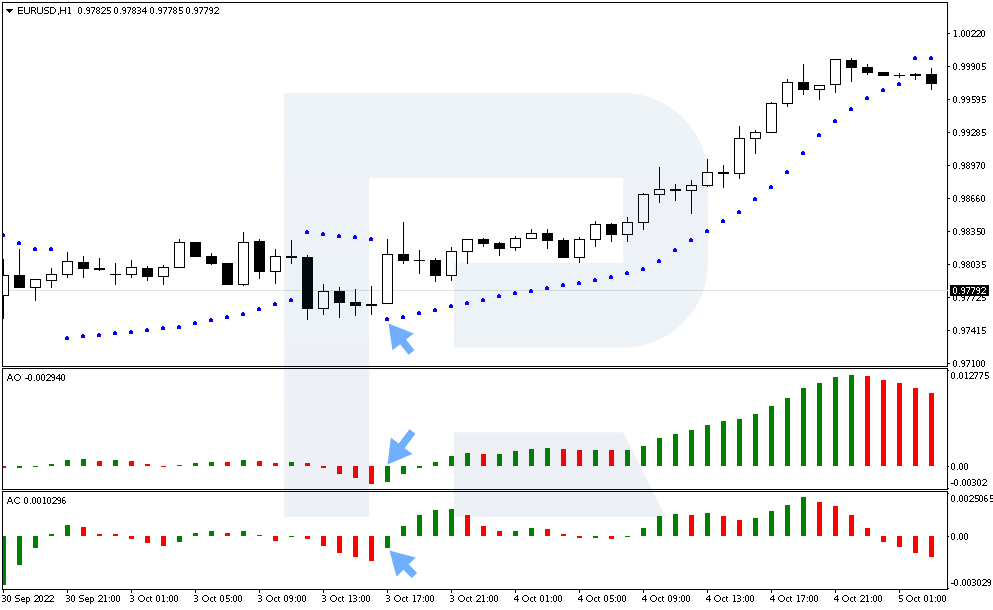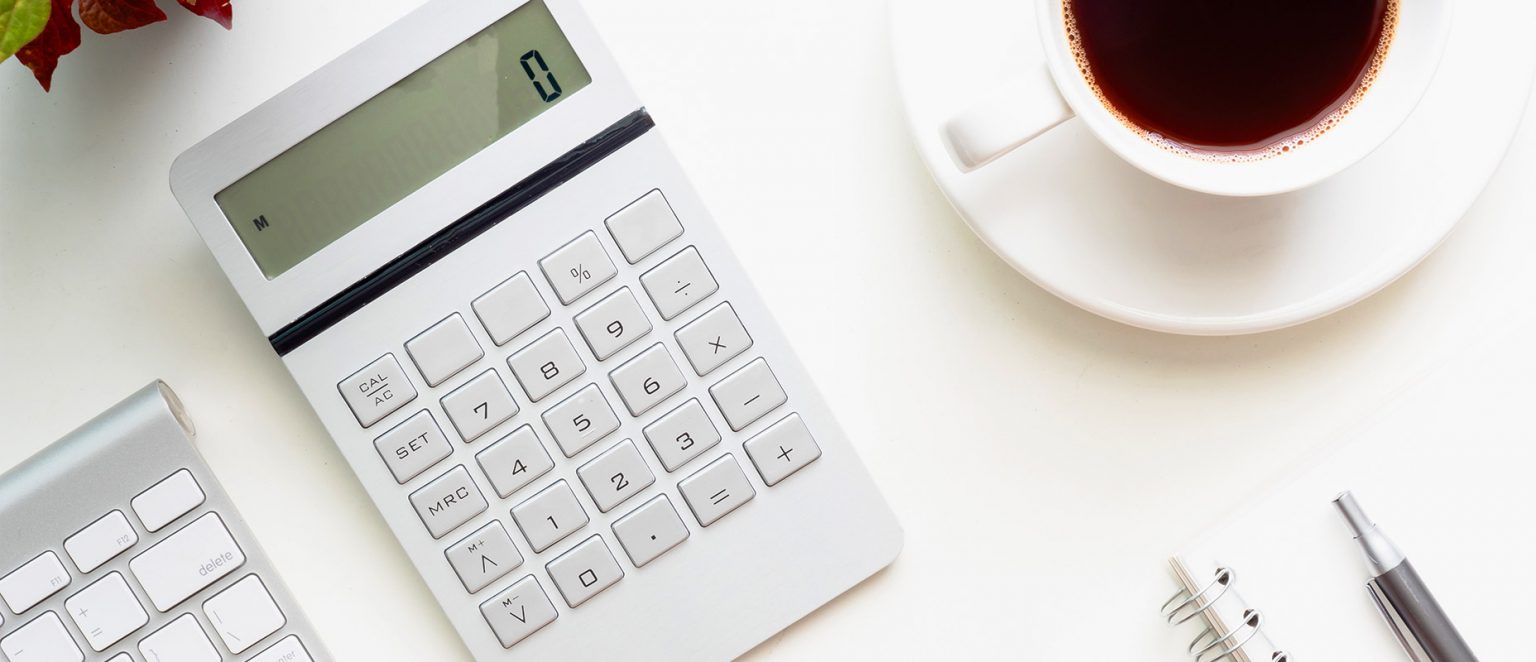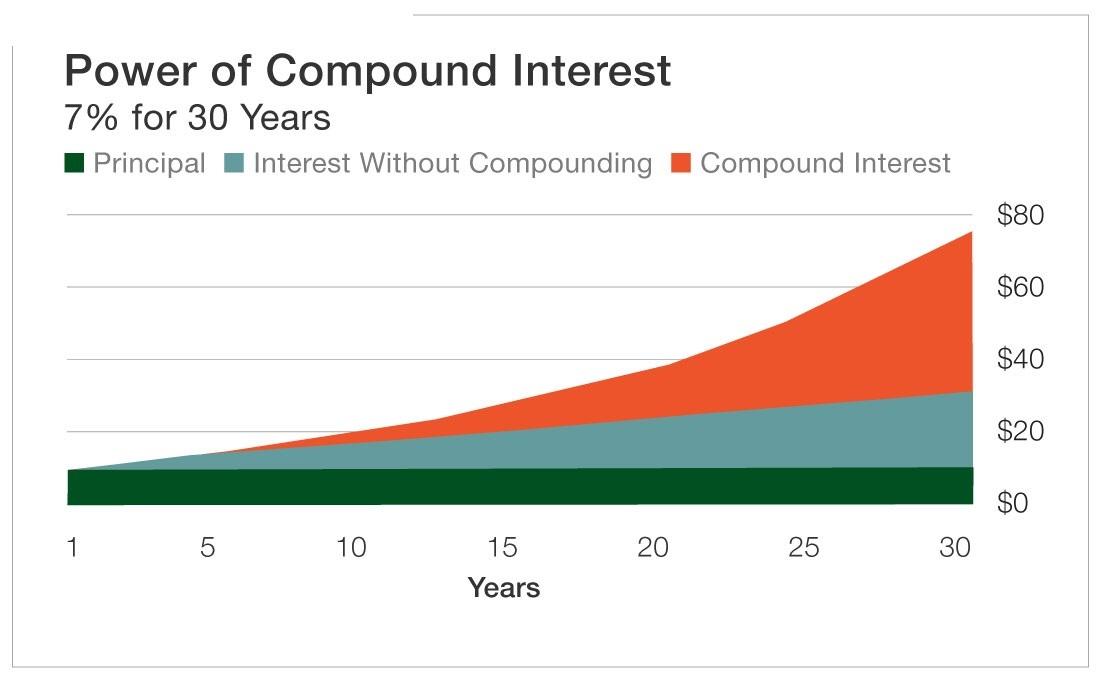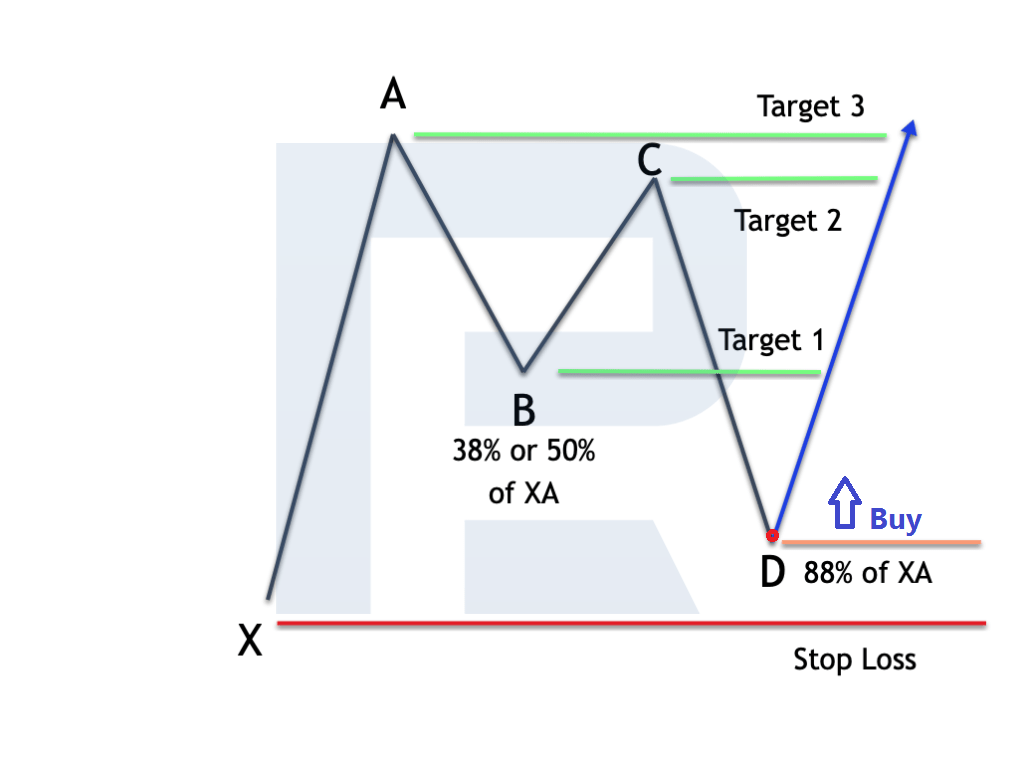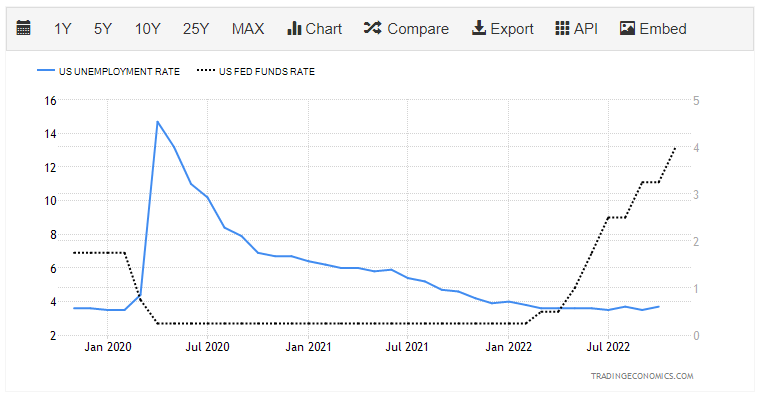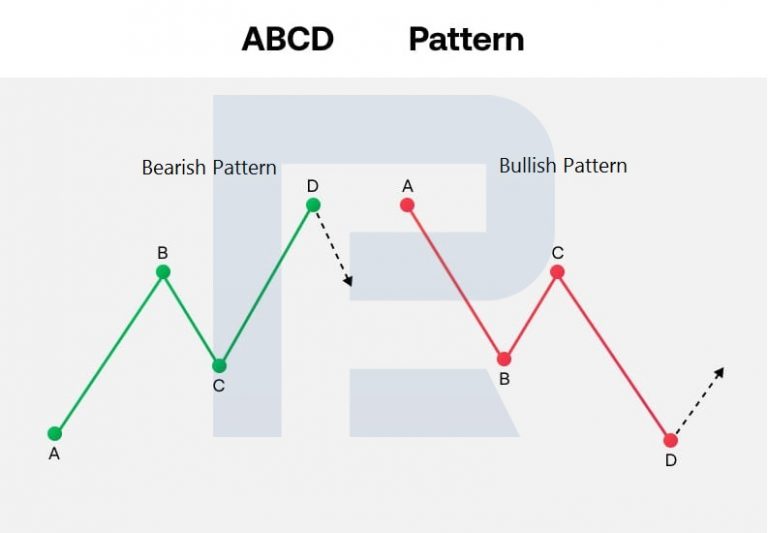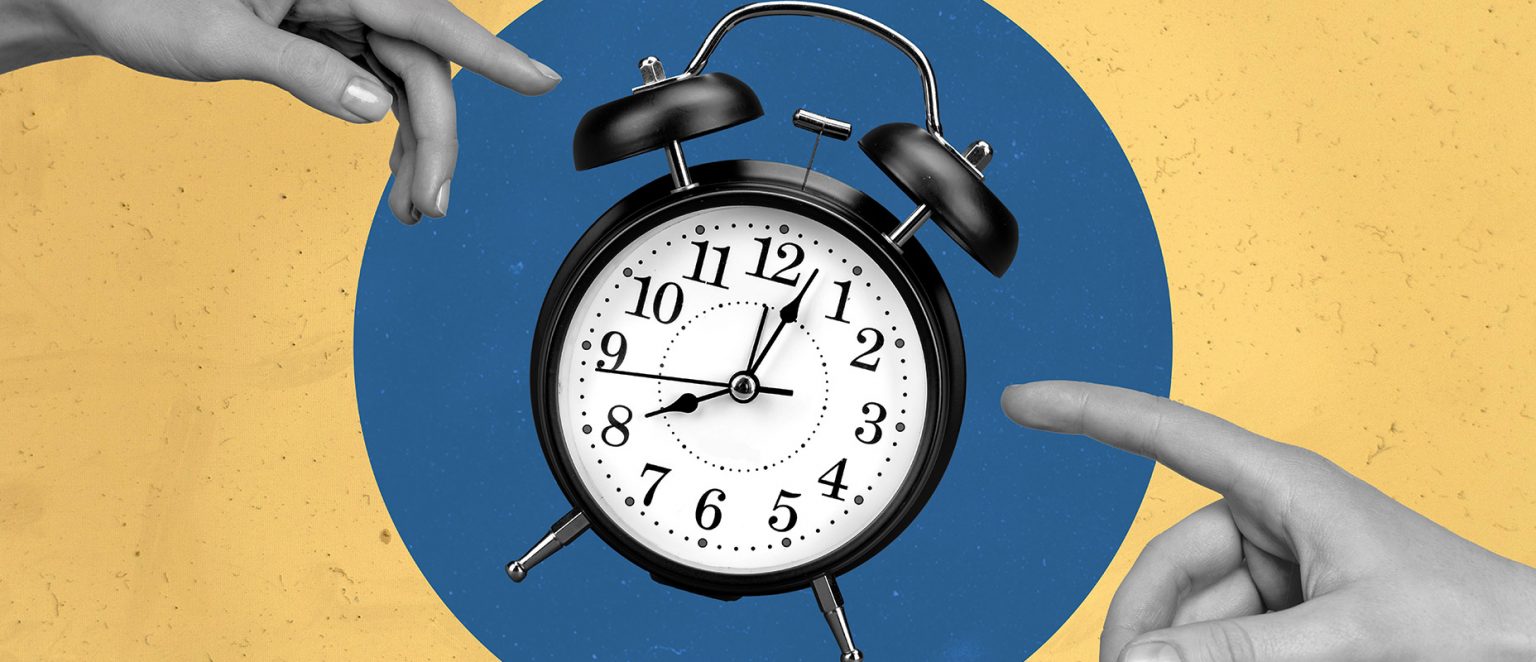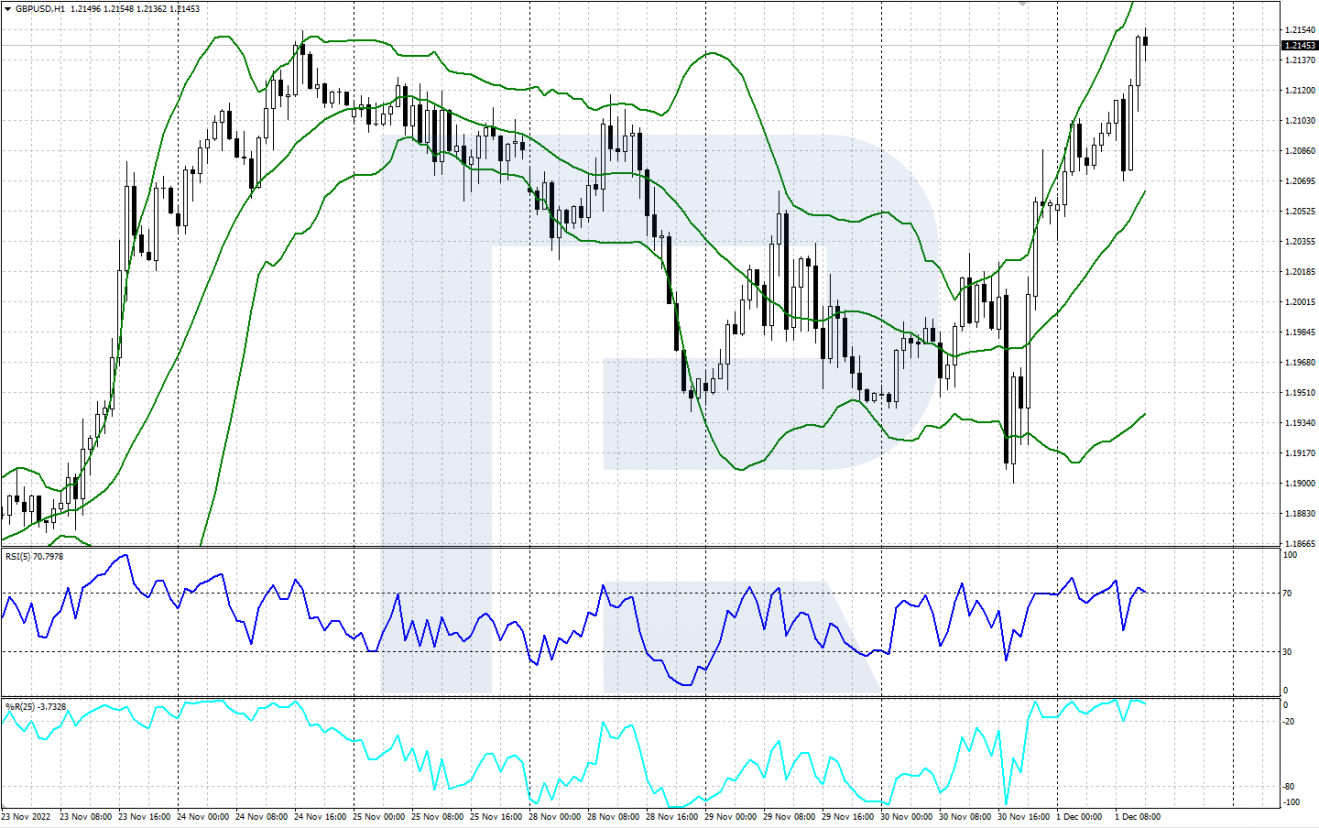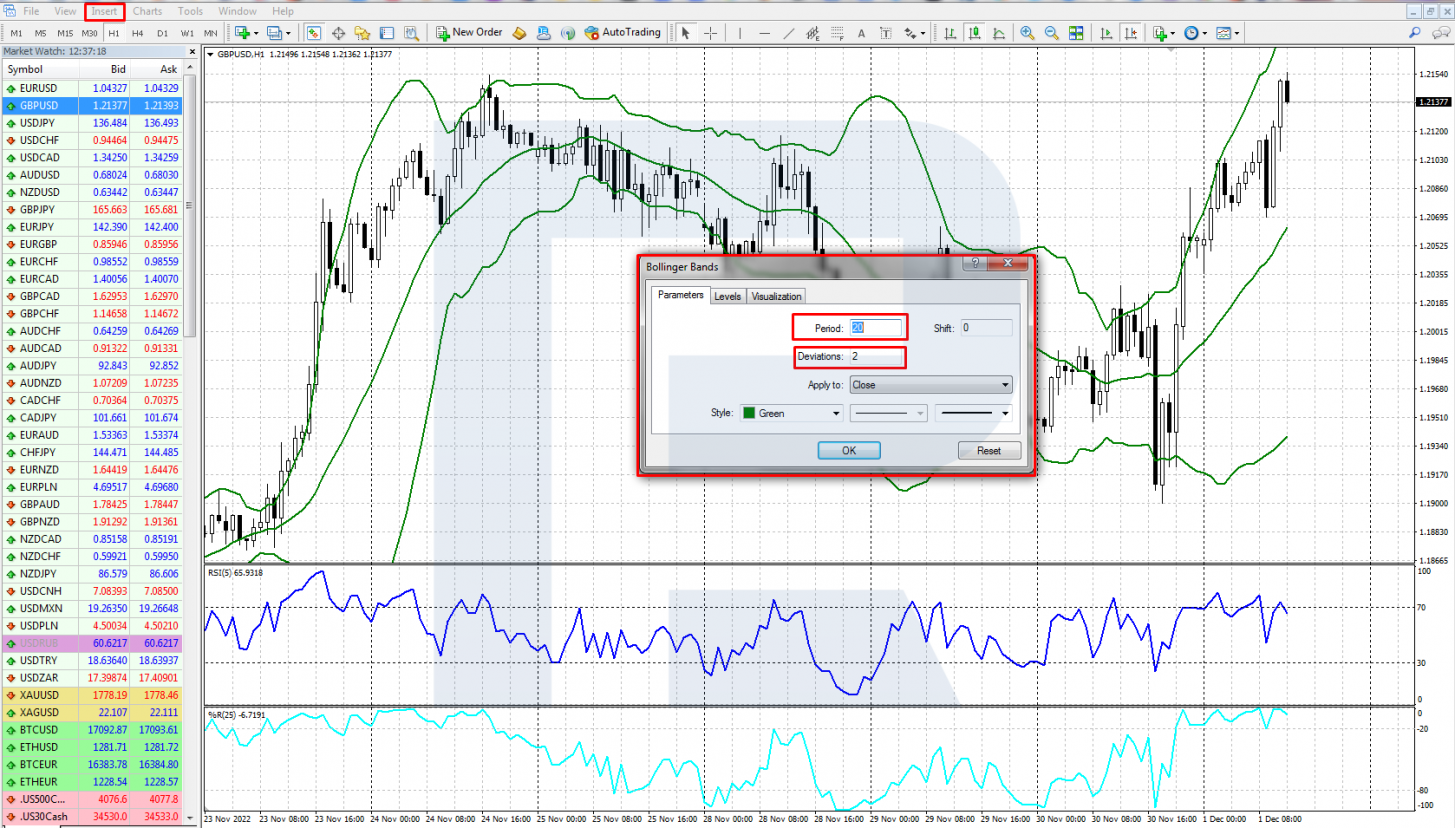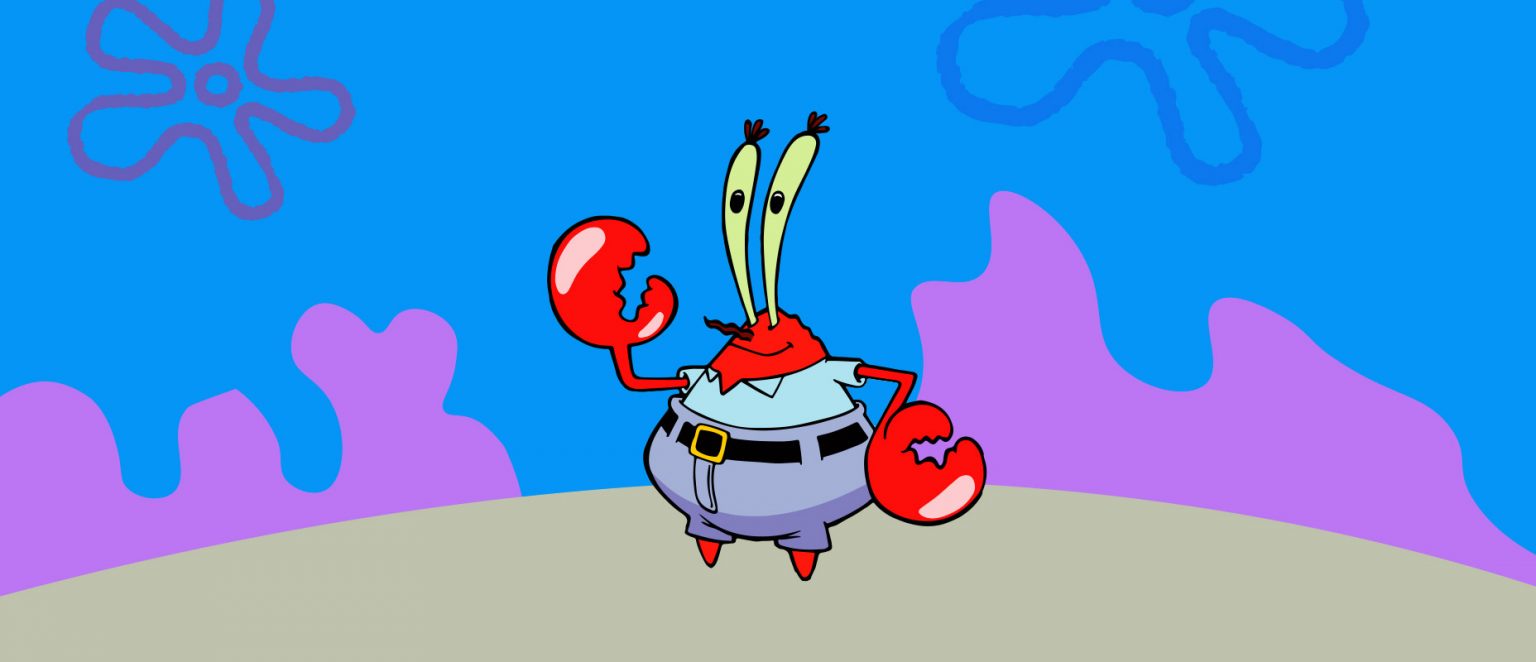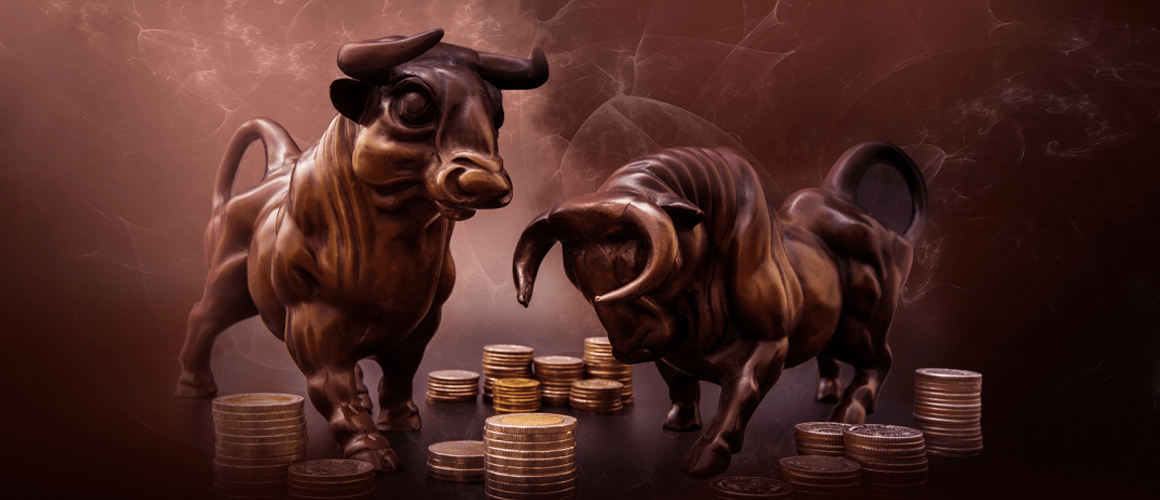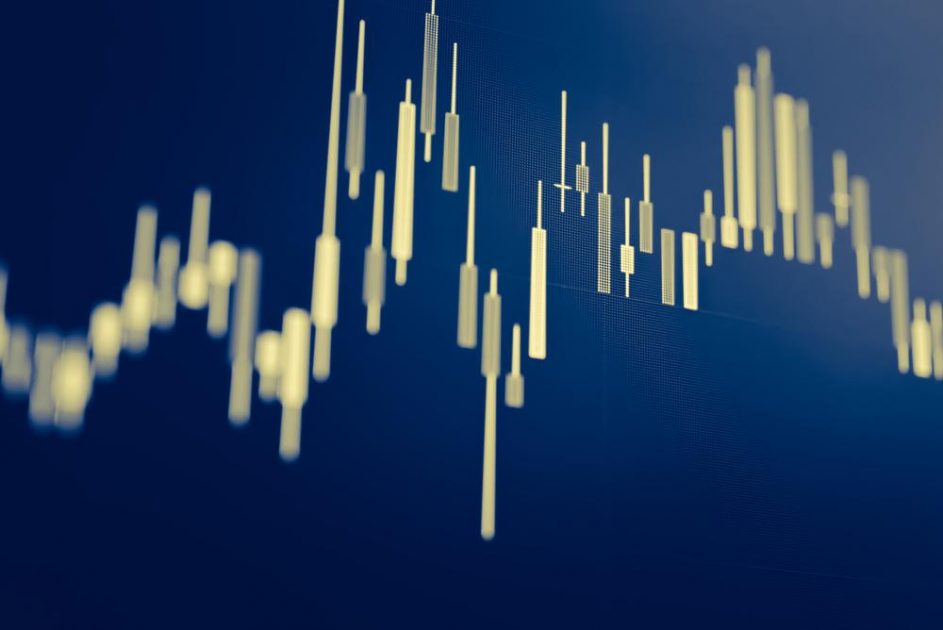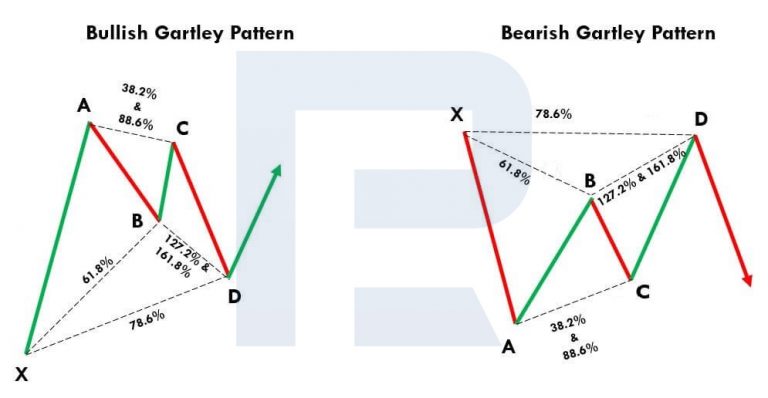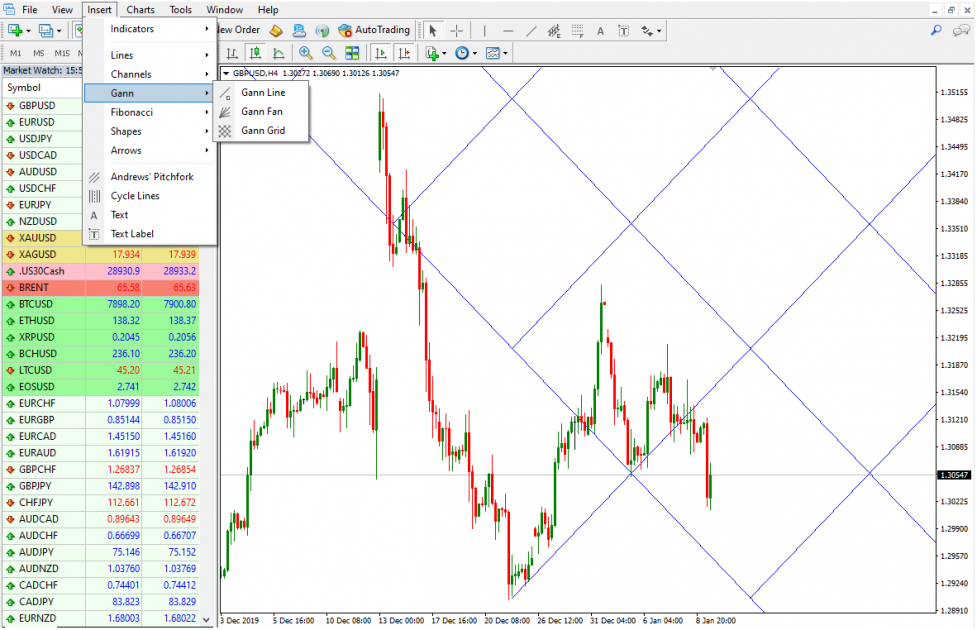Re: RoboForex - Company news and official support
Top 10 Trading Psychology Books
Author: Victor Gryazin

Dear Clients and Partners,
This article is about the Top 10 books on trading psychology. They accumulate the experience and knowledge that have helped many famous market experts to succeed.
The books will provide you with information on trading psychology and some advice that will help you realize what you need to become a successful trader.
1. The New Trading for a Living: Psychology, Discipline, Trading Tools and Systems, Risk Control, Trade Management
Alexander Elder is a PhD in medicine, a professional trader and professor. He is the author of several masterpieces that have become modern classics for traders. Elder used to be a psychiatrist in New York and a professor at the University of Columbia. His experience as a psychiatrist gave him a unique understanding of trading psychology.
The New Trading for a Living teaches a calm and disciplined approached to markets. The book offers several templates for trading plans and estimation of your readiness for trading: all in all, you get knowledge and instruments for developing an individual trading system.
2. Trading in the Zone
Trading in the Zone helps to broaden a beginner’s understanding of work at the market. It provides a comprehensive view of problems that one might face upon accepting a challenge from financial markets.
According to Mark Douglas, the author, success in financial markets needs a special mind frame. Trading in the Zone is based on life-long trading experience of the author and his work as a coach in Chicago.
3. The Psychology of the Foreign Exchange Market
The book by Thomas Oberlechner on Forex psychology is revealing the psychological lining of the currency market. By the author’s theory, the market is not remote from traders; instead, it is their creation that reflects their thoughts, feelings, and ideas.
The author of The Psychology of the Foreign Exchange Market states that fundamental changes in stock markets happen not because of economic conditions but because of some alterations in the collective attitudes to the market.
The language of the book is scientific, with quotes enforcing its ideas. Thomas Oberlechner describes mutually dependent relationships between those who make financial decisions and newsmakers. He points out that the currency market is chiefly managed by the complicated market psychology.
4. Hedgehogging
This book is quite a rare chance to encounter some naked facts about financial markets behind the scenes, diving in the world of Wall Street with the author Barton Biggs.
He describes some features and details of investing, showing how he learned to find and use the best ways of making money. Each chapter of Hedgehogging generously offers dozens of storied from the life of different people who fell prey to their ignorance of trading psychology or arrogance and were punished by the cruel world of market trading.
5. Flow: The Psychology of Optimal Experience
This book by Mihaly Csikszentmihalyi suggests quite an unusual approach to a person’s emotional life. Though the book is not directly devoted to trading in financial markets, it will definitely be useful for traders.
The research of the Optimal Experience carried put by the author demonstrated that personal efficacy can by enhanced by living in the so-called Flow. People living in the Flow feel lots of pleasure, confidence, and creativity. The author suggests ways of controlling this state of mind.
Flow: The Psychology of Optimal Experience teaches its readers to sort out the incoming information and to develop their creativity. This book can improve your understanding of how you approach trading and your life.
Closing thoughts
Psychology is a vital intricate part of market trading. To succeed in trading, one needs to know psychology and make use of it. In the article, you can find a Top 10 list of popular books on trading psychology that can help you with it. Clearly, this is quite a subjective set of books, and each trader make have their own view of which books to consider the best.
Read more at R Blog - RoboForex
Sincerely,
RoboForex team

